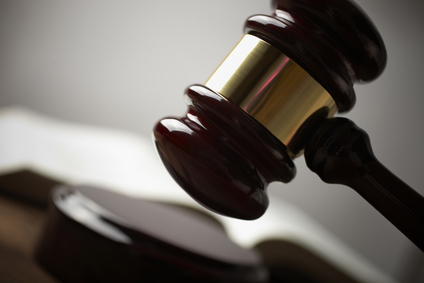New rules for returning art stolen by Nazis are not always fair

Dozens of works of art in Dutch museums may have been ‘acquired’ by the Nazis during WWII when their owners were coerced into selling. And if museums can claim a looted work of art is central to their collection, the heirs of those pre war collectors may be left empty-handed, warns lawyer Gert-Jan van den Bergh.
‘Princess Juliana and Prince Bernhard must have known that what they were buying was stolen by the Nazis,’ former journalist Cees van Hoore said about the purchase of a Flemish master by the royal couple in 1948. In an article headlined ‘Juliana bought, perhaps unwittingly, art stolen from Jewish families’, journalist Michiel Kruit gives them the benefit of the doubt.
In 2014, a Meissen dinner servic bought by the then queen, now on show at Palace Het Loo, was branded Nazi loot. The palace said it would return the set if the official Restitution Committee were to advise in favour. Museums as well as the royals are not opposed to art restitution. The question is whether the current policy remains the right way of going about it.
Washington principles
In 1998, the art restitution policy was adapted according to the Washington principles. The treaty offers guidelines on how to restore works of art stolen by the Nazis to their rightful owners. Some 44 countries subscribed to the principles, including the Netherlands which only last year was praised by the Claims Conference, the international organisation for Jewish war claims.
But praise aside, the Dutch restitution policy leaves much to be desired. Recently MP Jasper van Dijk (Socialist Party) wondered why the restitution committee doesn’t have an appeals procedure. It’s a good question. The possibilities to review the advice of the committee are limited and review requests have been fruitless so far.
Balance of interest
There is another committee criterion which is almost impossible to explain. In many cases – and it will become standard procedure from July 1 – the committee will balance the museum’s interests against those of the claimants. Even if the theft is undisputed, a work can be found to be too vital to a collection to be returned. In 2013, the heirs of German-Jewish refugee Richard Semmel were left empty-handed after their claim was refused on this ground. The stolen painting in question – Christ and the Samaritan Woman by Bernado Strozzi – remained in De Fundatie in Zwolle because of its importance to the collection.
Apart from the museum’s interest, the advice is also informed by the number of years a work of art is in the possession of the current owner. This means that the fiercely disputed statute of limitations argument is brought in again by the back door in spite of former culture minister Ronald Plasterk’s assertion in 2007 that new claims would not be subject to it.
Dutch collection
The Restitution Committee advises on the return of works from the Nederlandse Kunstbezitcollectie (Dutch art collection or NK collection), a collection of 3,800 works of art which were returned to the country from Germany after the Second World War and of which 3,200 still haven’t been returned to their rightful owners.
Oddly enough, the Rijksdienst voor Cultureel Erfgoed (Cultural Heritage of the Netherlands), which manages the collection, claims ownership for the Dutch State. To date, 20,000 works of art have been reported missing and chance discoveries are still made, such as the aforementioned Meissen dinner set which is being claimed by the Gutmann family. The recent Museum Provenance Investigation from 1933, which has so far identified 139 works of dubious provenance in national museums, should have commented on the fact but didn’t.
The investigation does show that even after 70 years new claims can emerge. The digitalisation of archives and a growing social awareness of the past make heirs more active in their pursuit of ownership. Against all expectations, however, the rules surrounding restitution are going to change: from June 30 claims on all works in the NK collection will be subject to a balance of interests.
Experts
The royal family have announced they will put the claims on looted art to a committee in which experts on looted art Rudi Ekkart and former director of the Jewish Historical Museum Judith Belinfante will have a seat. The question is whether this committee will be applying the same criteria as the Restitution Committee and apply the controversial balance of interest test.
A rejection of the claim to return a painting by the Flemish master Paul Bril to its rightful owner could, in that case, be based on either the fact that the work is too important to the existing collection or the fact that it has been in the possession of the royal family since 1948.
The internationally accepted guidelines as they are described in the Washington Principles do not recognise exceptions such as these. Justice for the heirs of Holocaust victims is emphatically incompatable with any (indirect) recourse to a statute of limitation or the importance of a looted work of art to public collections.
As Ronald Lauder, philanthropist and president of the World Jewish Congress, said on June 2014: ‘Art museums should not be built with stolen property.’
Gert-Jan van den Bergh is a lawyer.
This opinion piece was published earlier in the Volkskrant
Thank you for donating to DutchNews.nl.
We could not provide the Dutch News service, and keep it free of charge, without the generous support of our readers. Your donations allow us to report on issues you tell us matter, and provide you with a summary of the most important Dutch news each day.
Make a donation